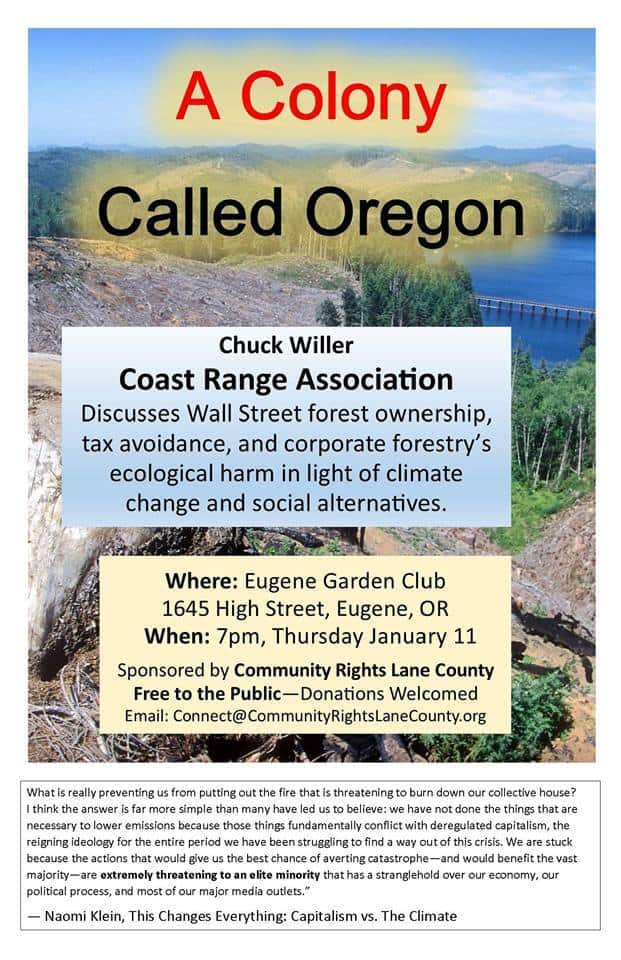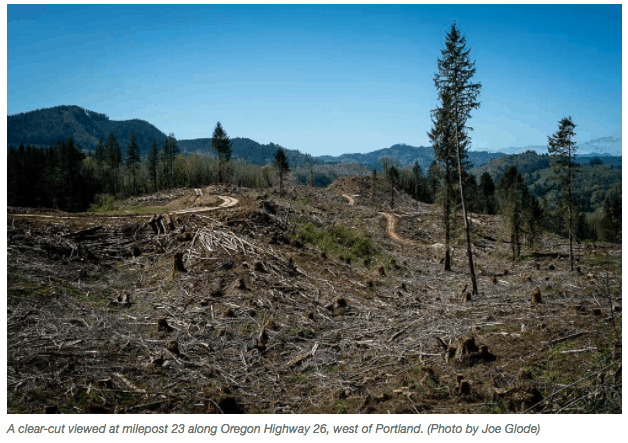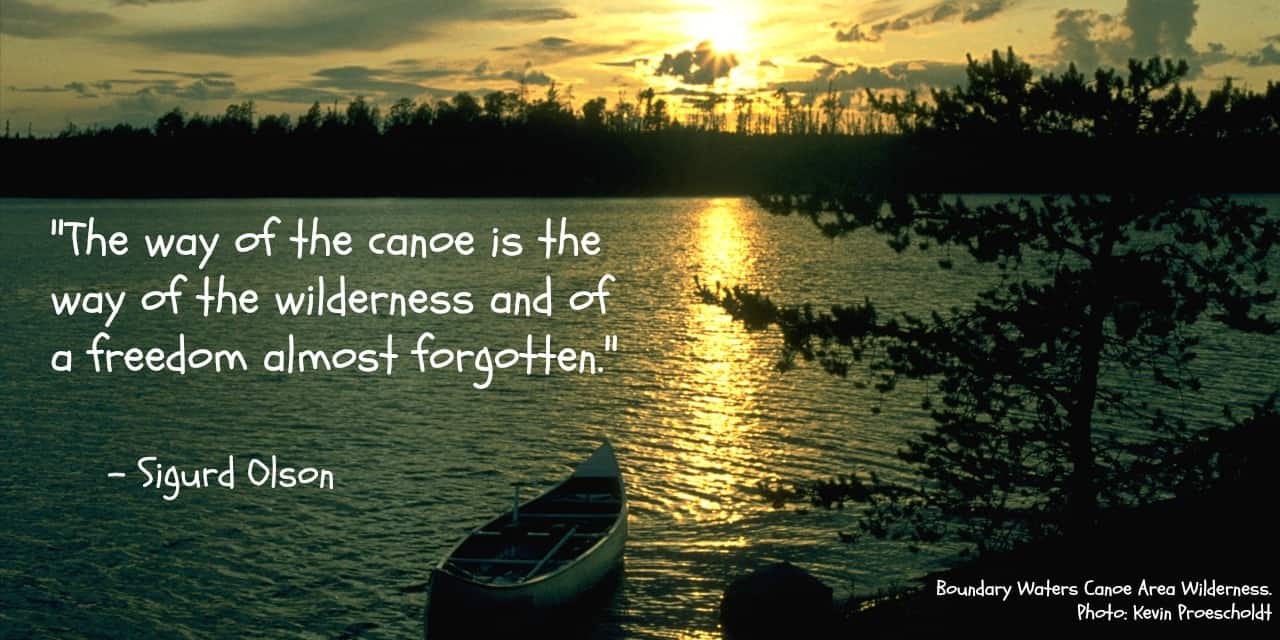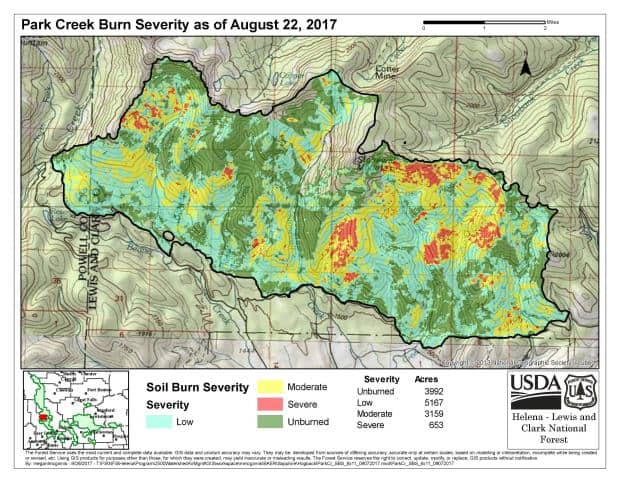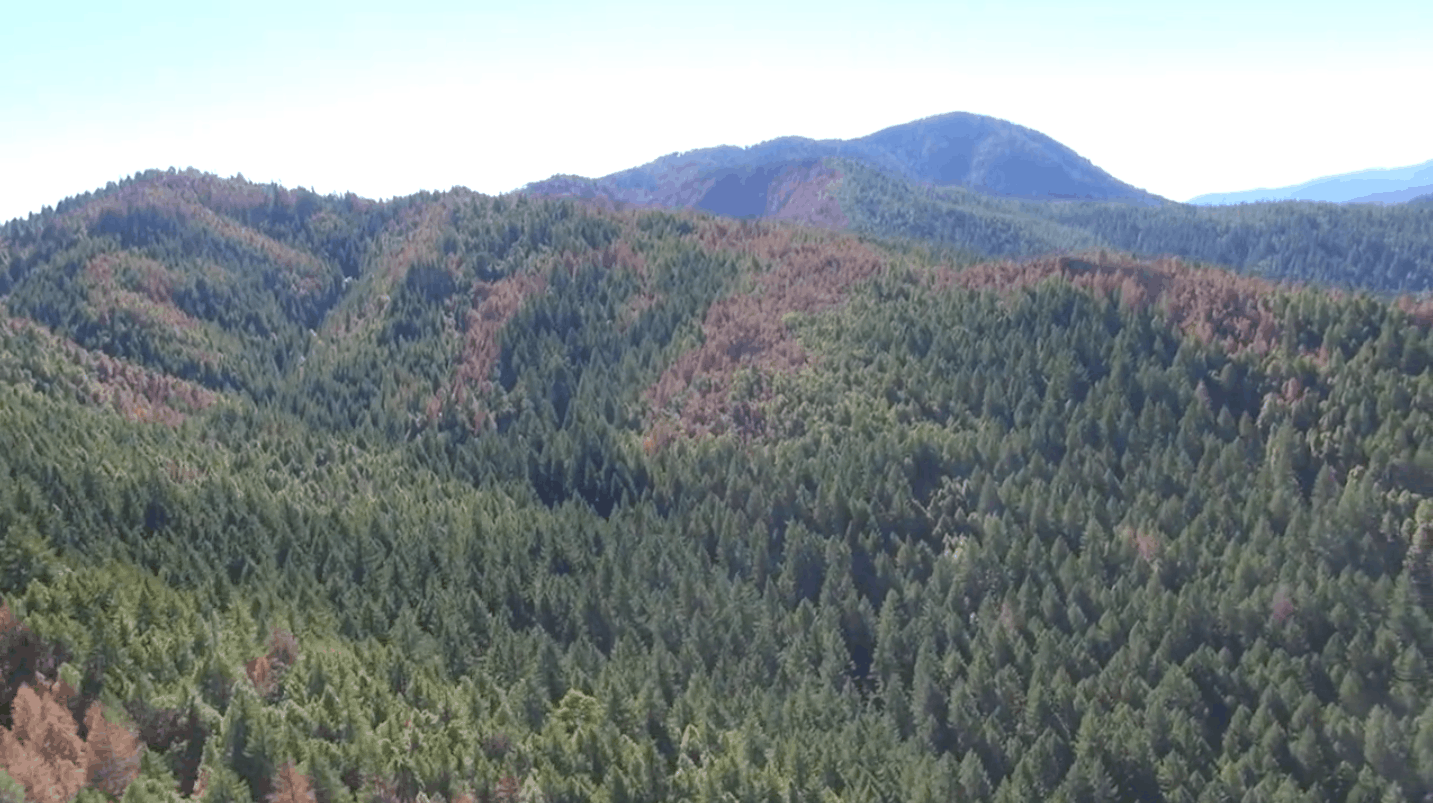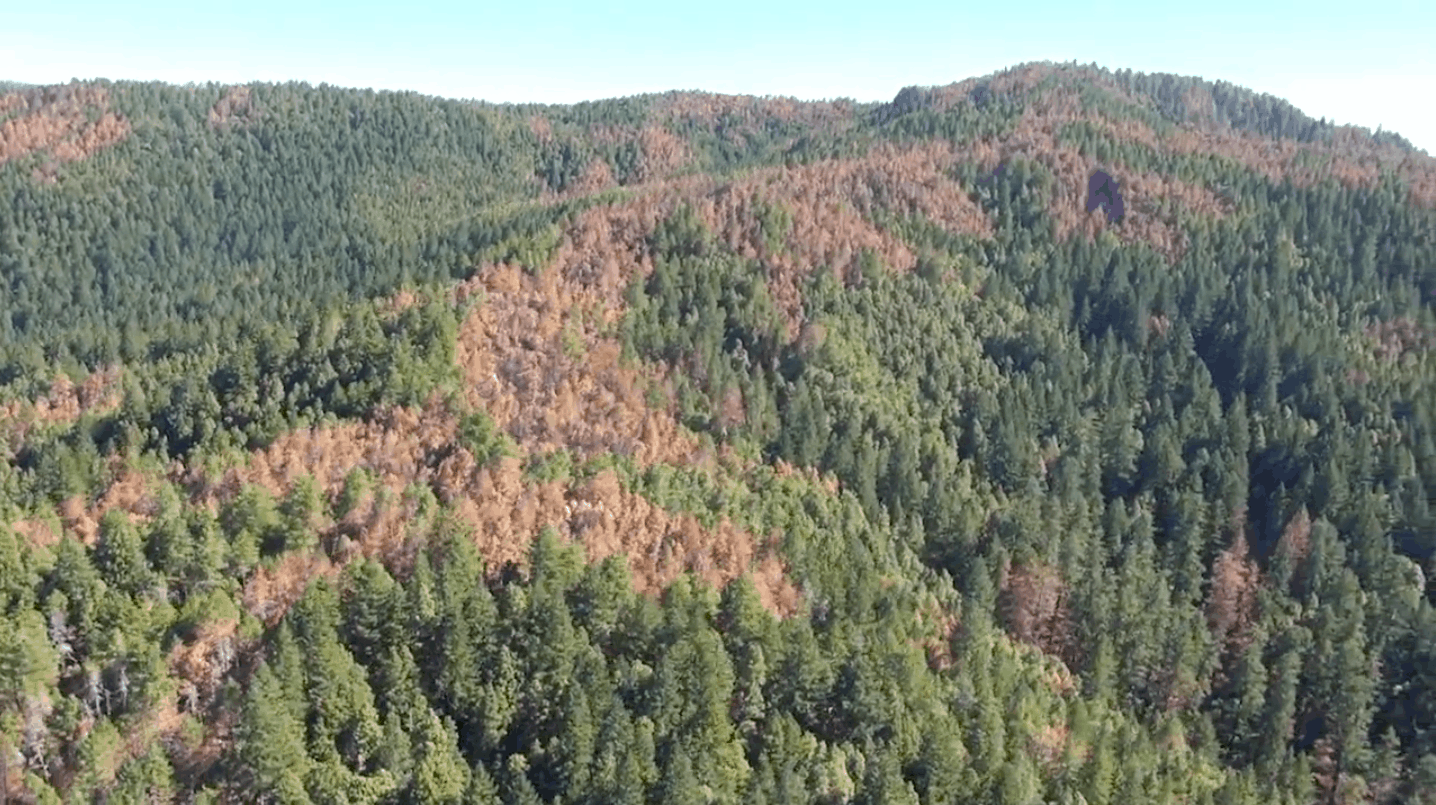Last night on Montana Public Radio and Yellowstone Public Radio there was a story about Senator Tester’s and Senator Daines’ effort to overturn a U.S. Federal District Court ruling (which was affirmed by the Ninth Circuit Court of Appeals and the U.S. Supreme Court also refused to rehear the case) that they don’t like.
Here’s more information about Cottonwood Environmental Law Center v. United States Forest Service.
The Tester/Daines public lands logging bill (S.605) has been called “just another cynical attack to weaken a key provision of the Endangered Species Act” by the Center for Biological Diversity.
On statewide Montana Public Radio Senator Tester said this:
“But Tester says a new forest management plan can take decades to write. So in the meantime:
‘Everything stops. All the recreational opportunities stop, the tree cuts stop, trail maintenance stops while they redo this forest plan.’”
The public must know that this statement from Senator Tester is 100% not true and doesn’t even contain an ounce of truth.
The truth is that all National Forests in Montana, and across America, are required by the National Forest Management Act to go through a Forest Plan Revision process every 15 years. At NO POINT during that Forest Plan Revision process does “Everything stop.”
At NO point during the Forest Plan Revision process does “All the recreational opportunities stop, the tree cuts stop, trail maintenance stops while they redo this forest plan,” as Senator Tester told Montana citizens.
I appreciate the fact that the reporter talked to someone at the Lewis and Clark National Forest who said revising a forest plan doesn’t stop work. But revising a forest management plan also doesn’t “hamper” it either, as the Forest Service employee apparently claimed.
This isn’t the first time Senator Tester has taken to Montana Public Radio and Yellowstone Public Radio and demonstrated a complete lack of understanding of National Forest Management.
In February 2015 Senator Tester said on Montana Public Radio: “Unfortunately, every logging sale in Montana right now is under litigation. Every one of them.”
That statement was so entirely not true that the Washington Post’s official Fact-Checker (Glenn Kessler) investigated the statement and gave Senator Tester “4 Pinocchios” for telling “a whopper.”
This time, Senator Jon Tester has just told Montana citizens on statewide radio a huge lie about a very basic public lands management process.
Perhaps it was just a mistake, but regardless, Senator Tester’s statement is 100%, entirely not true and his office should immediately issue a correction so that Montana citizens don’t go around thinking that every time the U.S. Forest Service goes through a forest plan revision process that “Everything stops. All the recreational opportunities stop, the tree cuts stop, trail maintenance stops while they redo this forest plan.”
